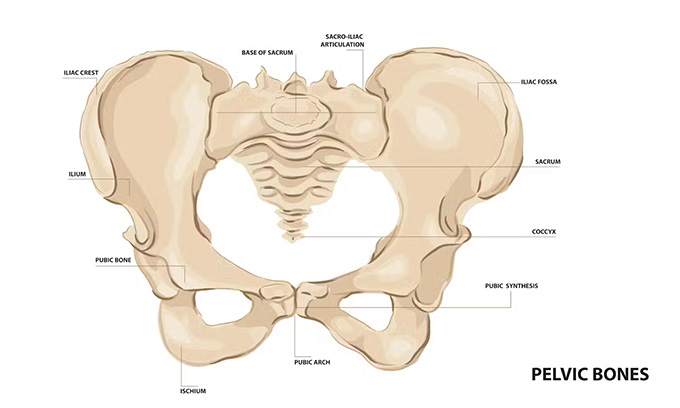 Do you use words or phrases from other languages in informal get-togethers with friends or when sending text messages? In what language do you discuss a movie you’ve seen in the original English version with someone else? Has a second or foreign language teacher told you that you can’t use your first language in class?
Traditionally, it has been argued that language classes should exclusively use the “target” language (i.e., the language being studied) to avoid the negative influence of other languages. However, this perspective is now being challenged. First, because multilingual speakers do not isolate languages from each other in real-life communication. And second, because activating prior knowledge can have many learning advantages .
Do you use words or phrases from other languages in informal get-togethers with friends or when sending text messages? In what language do you discuss a movie you’ve seen in the original English version with someone else? Has a second or foreign language teacher told you that you can’t use your first language in class?
Traditionally, it has been argued that language classes should exclusively use the “target” language (i.e., the language being studied) to avoid the negative influence of other languages. However, this perspective is now being challenged. First, because multilingual speakers do not isolate languages from each other in real-life communication. And second, because activating prior knowledge can have many learning advantages .
What is ‘translingualism’?
The concept of translanguaging , translated into Spanish as translinguism, translanguage or translenguar, was coined in the context of bilingual education (Welsh and English) in Wales in the 1990s. It originally referred to the pedagogical practice of alternating the language in which information is received (input) and the language in which information is produced (output). This way, students can listen to an explanation, read a text, or watch a video in one language and answer questions, discuss a topic, or present a summary in the other language. The teaching practice of translanguaging requires deep understanding in order to process and convey meaning in two languages.The extension of the concept of translingualism
Today, it is a widely used concept in bilingual and multilingual education around the world. The original concept of translanguaging has undergone some changes and has different meanings. It is often distinguished between its spontaneous form and its pedagogical use. Spontaneous translanguaging occurs when elements of two or more languages are used in communication, and it can occur both inside and outside of school. For example, common informal language expressions in language contact situations (English-Spanish or Basque-Spanish):- “I’m going to the mall to buy jeans .”
- “This house is very small for us .”
Pedagogical translingualism
When two or more languages are integrated into teaching in a planned manner to enhance learning, it is considered pedagogical translingualism. It is based on the original concept originating in Wales but includes other teaching practices. For example, fourth-grade students read a text about the water cycle in English and then complete a table of words that share the same origin, form, and meaning in the other curriculum languages, in this case Basque and Spanish.
Cognates, that is, words that are morphologically related, in English, Basque and Spanish.

Pelvic bones in English. Many students in bilingual programs study science subjects in two or more languages. cutehippo/Shutterstock